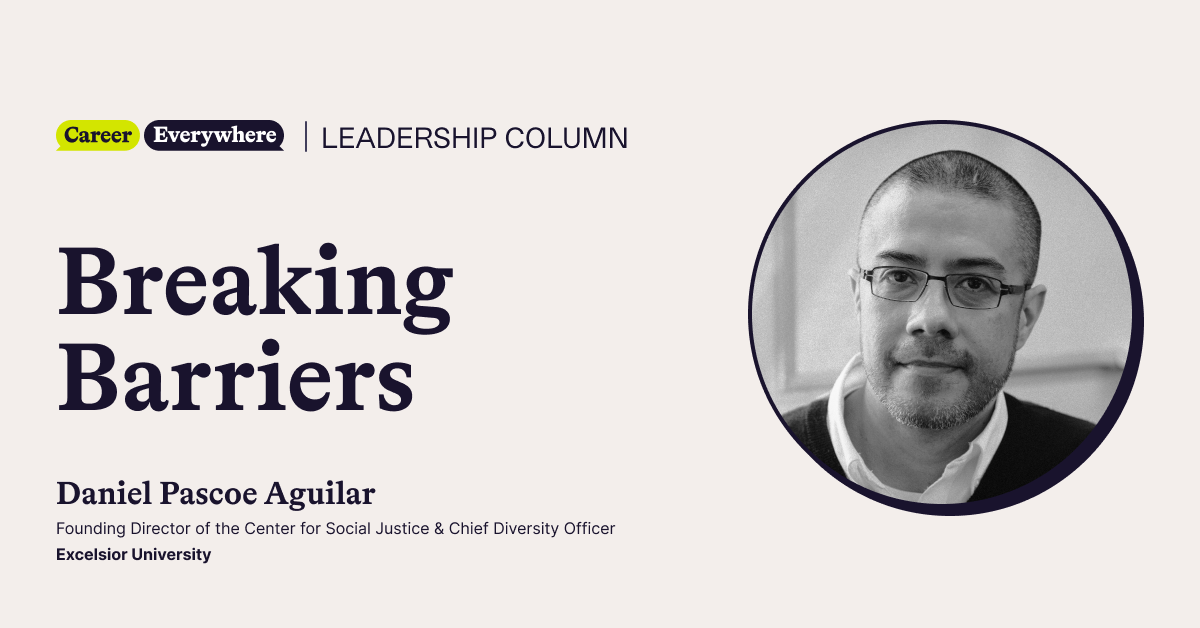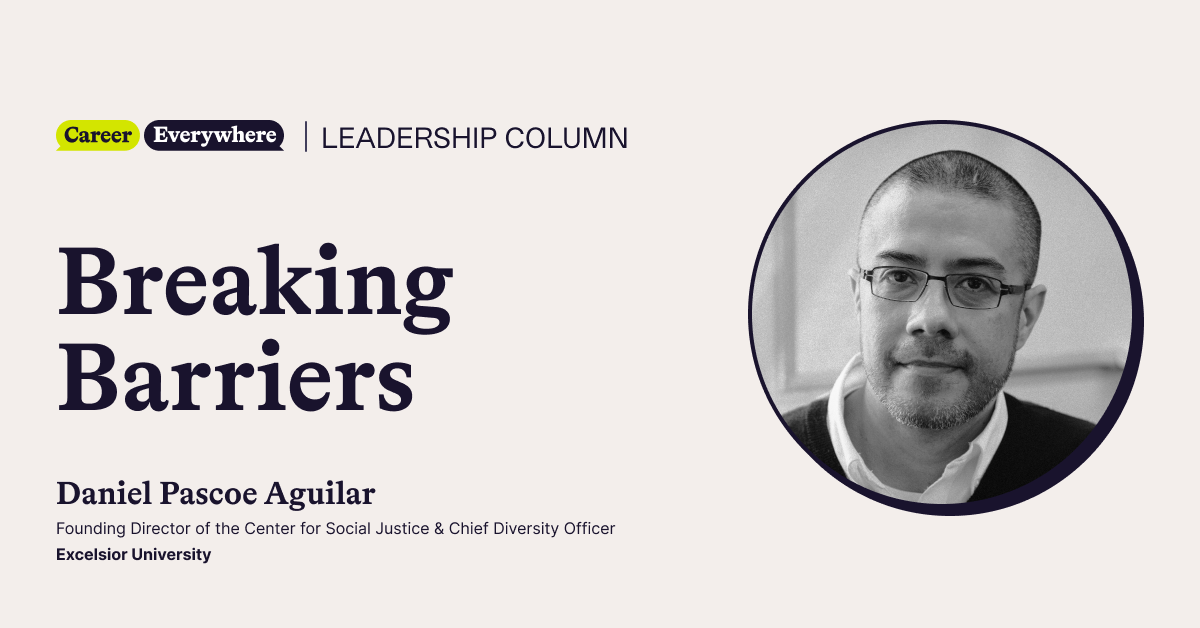-

19 Takeaways from My Systemic Leadership Columns
In his 20th and final column, Daniel discusses 19 takeaways from his previous columns on systemic leadership in higher education.
-

Balancing Our Assertiveness and Empathy for the Effectiveness of Our Leadership
In his 19th column, Daniel discusses how leaders can balance empathy and assertiveness when dealing with conflict on their teams.
-

Responding to Conflict Avoidance or Withdrawal in the Leaders We Lead
In his 18th column, Daniel discusses different approaches to conflict management and how leaders can respond when any leaders they lead avoid conflict or withdraw.
-

Helping the Leaders We Lead Overcome Bottlenecks and Reclaim Resources They’ve Lost
In his 17th column, Daniel discusses how leaders can identify and respond to the bandwidth tax of uncertainty and the learning and development bottlenecks of the leaders they lead.
-

How Higher Ed and Career Services Can Respond to the Supreme Court’s Affirmative Action Ruling
In his 16th column, Daniel offers recommendations for how higher ed and career services leaders can respond to the Supreme Court’s ruling on affirmative action.
-

Diversifying the Means of Action and Expression of the Leaders We Lead
In his 15th column, Daniel discusses how leaders can help diversify the means of action and expression among the leaders the lead.
-

Diversifying the Knowledge and Resources of the Leaders We Lead
In his 14th column, Daniel discusses how (and why) leaders should emphasize the diversification of the knowledge and resources of the leaders they lead.
-

Engaging the Leaders We Lead in Their Learning and Development
In his 13th Breaking Barriers column, Daniel shares that a critical focus of leadership should be the facilitation of team members’ leadership learning and growth.
-

Systemic Leadership’s Focus on Instances, Patterns, and Relationships
In his 12th column, Daniel discusses how (and why) leaders should focus on instances, patterns, and relationships when engaging with their team members.
-

Three System Lenses for Effective Leadership
In his eleventh column, Daniel discusses how higher education leaders can use three different lenses to evaluate and improve various systems. He highlights experiential learning as an example.
Resources Hub
Breaking Barriers
Subscribe to the Career Everywhere newsletter
Weekly best practices, tactics, and strategies directly from the innovative career leaders implementing them every day.